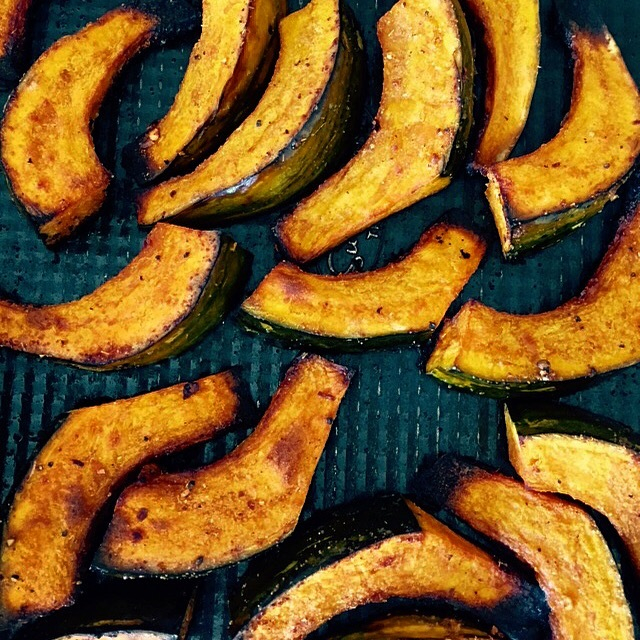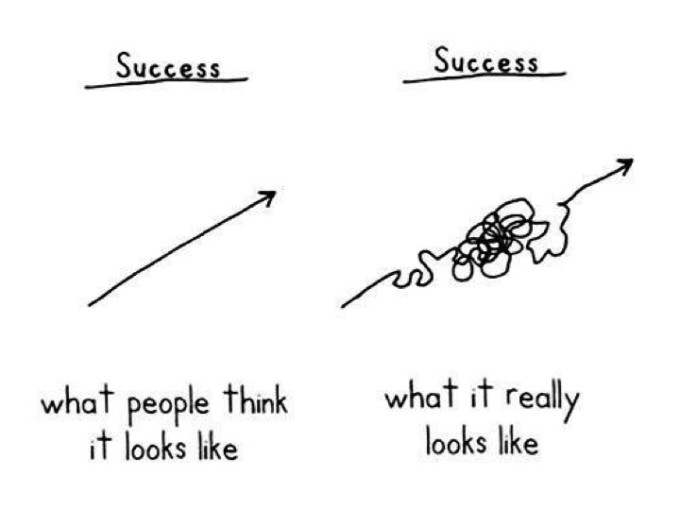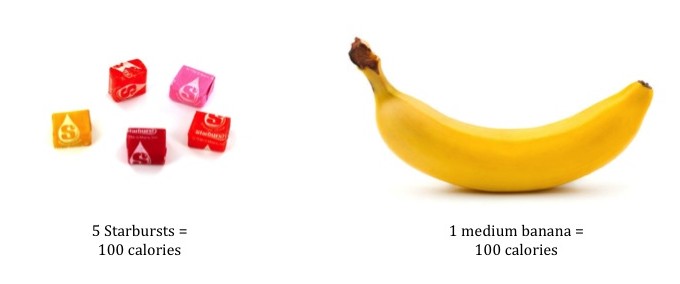I put this video together last fall with my new, but already deeply cherished friend Meredith Carlin. Meredith heads up the original programming production team for ulive (it’s a rabbit hole of addictiveness…consider yourself warned), so I was beyond lucky to have her guiding me along the process.
It was my first time on camera and, wow, I did not know just how hard it would be. Respect for anyone who has made a career doing it. There is a steep learning curve but I’m already excited to put together another.
For now, I hope this inspires you to get out to your farmer’s market and then into your kitchens. You’re more likely to find asparagus or mushrooms than cauliflower this time of year, but use this technique as your template and vary your veggies according. Let me know how it goes!
xo L
Crispy-Skinned Sea Bass, Roasted Cauliflower and Parsley Knife Pesto
Serves 2, with BIG servings of cauliflower
Ingredients
For cauliflower
- 1 medium-large head cauliflower (any variety works but try romanesco, cheddar or another specialty variety if it’s available)
- 2 tablespoons olive oil
- Salt and pepper to taste
- For parsley knife pesto
- ¼ cup toasted almonds
- 1 garlic clove, minced
- 1 cup packed parsley
- Zest of 1 lemon, divided
- Juice of ½ lemon, saved for the end
- Salt, pepper and extra virgin olive oil to taste
For sea bass
- 2 sea bass or trout fillets (If it’s whole, have your fish guy cut it into fillets for you)
- 1-2 tablespoons Wondra
- Salt and pepper to taste
- 1 tablespoon neutral tasting, high heat oil like grapeseed, vegetable or canola oil
Directions
To make the cauliflower:
- Preheat the oven to 425-degrees F.
- Meanwhile, break the cauliflower into small florets. The largest should be no bigger than a golf ball. Don’t let any cauliflower crumbs go to waste because these will get extra crispy and delicious.
- Divide the florets and crumbs between two sheet pans.
- Drizzle each pan with 1 tablespoon olive oil and about ¼ teaspoon each salt and pepper. Use your hands to massage the oil, salt and pepper into the cauliflower. You want every nook and cranny to be well-seasoned.
- Roast cauliflower in top and bottom third of preheated oven for 30 minutes until very golden brown, tossing the cauliflower and swapping the placement of the pans halfway through.
- Let cool on roasting sheets while making knife pesto and crispy sea bass.
To make the knife pesto:
- Pile all pesto ingredients – ¼ cup toasted nuts, 1 minced garlic clove, 1 cup packed parsley, and zest of ½ lemon – onto a cutting board. Using a chef’s knife, chop it down together until it is cohesive pesto, but still chunky enough that you can see it contains almonds and parsley. There really is no right or wrong here though, so make it how you think you might like to eat it.
- Reserve while making the crispy sea bass.
To make sea bass (or trout) and assemble dish:
- Pat fillets very well with paper towels to get them as dry as possible. Using the back of your cleaned chef knife, scrape the skin side of the fillet to remove any excess moisture, wiping your knife with a paper towel after each swipe. This is almost like squeegeeing your fish.
- Now that the fish is extra dry, sprinkle it lightly on both sides with salt and pepper. It isn’t a thick piece of fish, so season lightly!
- Dust the skin-side of your fillets heavily with Wondra. Over the sink so you don’t make a mess, blow off any excess Wondra flour.
- Place your prepped fish aside while you ready your equipment and finish assembling the roasted cauliflower and parsley knife pesto.
- Heat a heavy-bottomed skillet, preferably cast iron over medium-high heat for a few minutes to get it good and hot.
- Meanwhile, combine the cauliflower and knife pesto. You can do this on one of the cooled sheet pans to save yourself from needing to clean a separate bowl. Taste and adjust seasoning with salt and pepper if necessary. Feel free to add a drizzle of extra virgin olive oil if it seems dry.
- Once fish skillet is hot, add 1 tablespoon of neutral flavored oil and it heat up until it is nearly smoking, about a minute. At this time, add your fillets, skin side down, pushing down on each so that the skin makes full contact with the hot pan. (If you don’t do this, it will buckle and not get as crisp.)
- Cook for 3 minutes, all the while pushing down gently with your spatula.
- After 3 minutes, flip the fillets and turn off the heat and let the fish finish cooking for 20-30 seconds in the pan’s residual heat.
- To plate, place one fillet on each of two serving plates and pile high with the roasted cauliflower and knife pesto. Finish by zesting the second half of the lemon between the two and give them both a good squeeze of fresh lemon juice.
Enjoy!



 Answer 1: If you guessed the banana, you’d be right. Clearly, there is way more good stuff (vitamins, minerals, phytonutrients, etc.) per calorie in the fruit than in the fruit candy. This is what is termed “nutrient density.”
Answer 1: If you guessed the banana, you’d be right. Clearly, there is way more good stuff (vitamins, minerals, phytonutrients, etc.) per calorie in the fruit than in the fruit candy. This is what is termed “nutrient density.”
